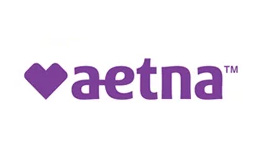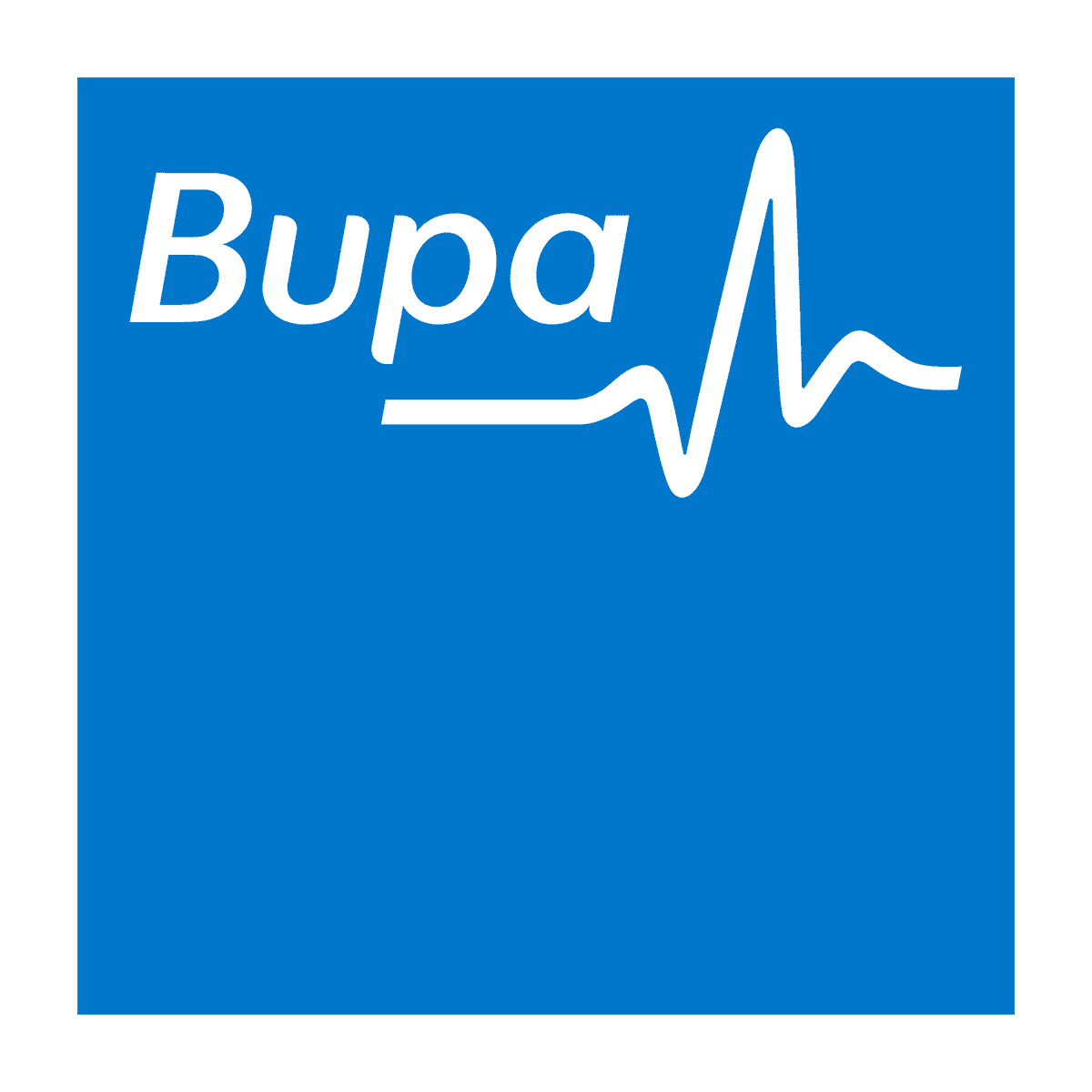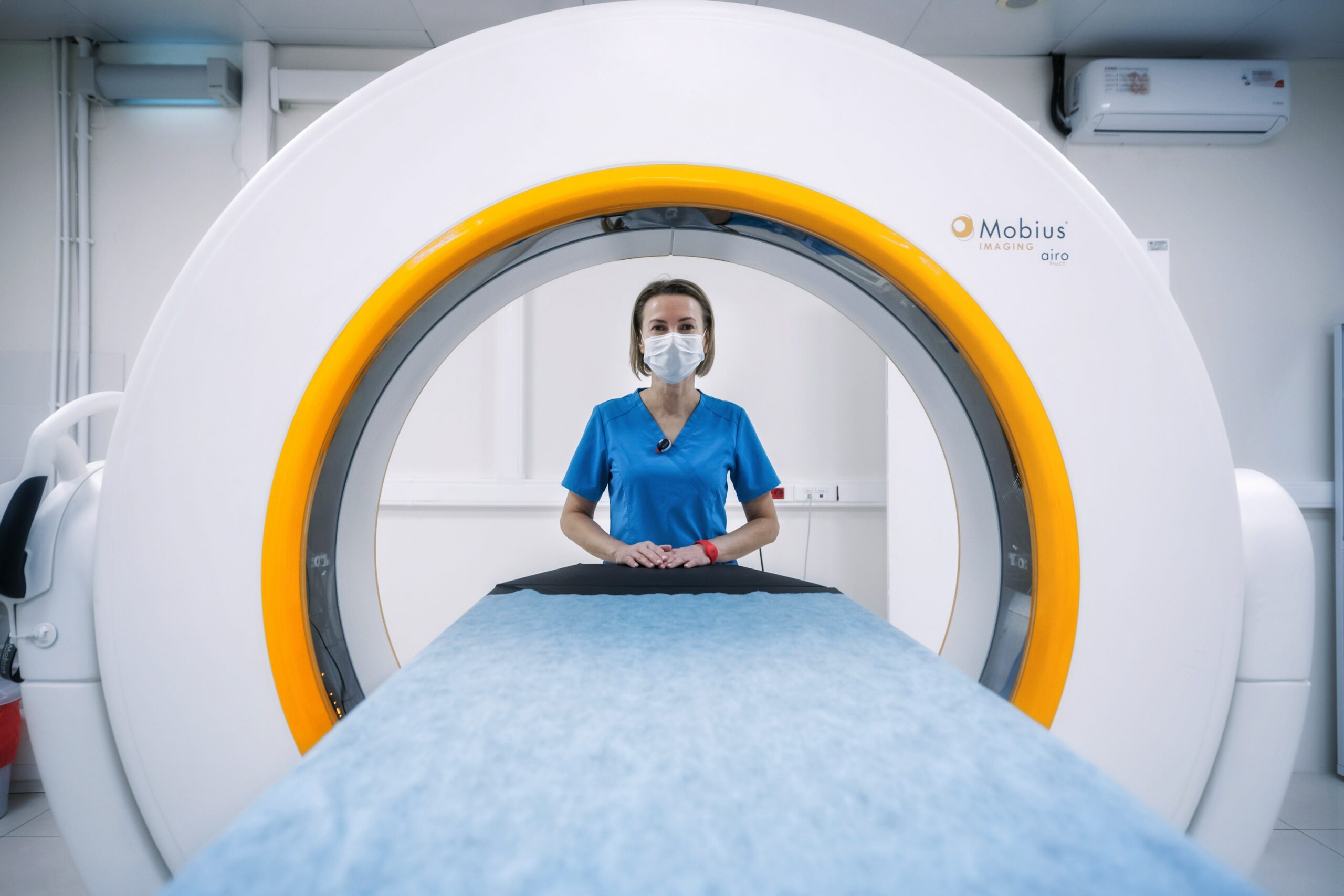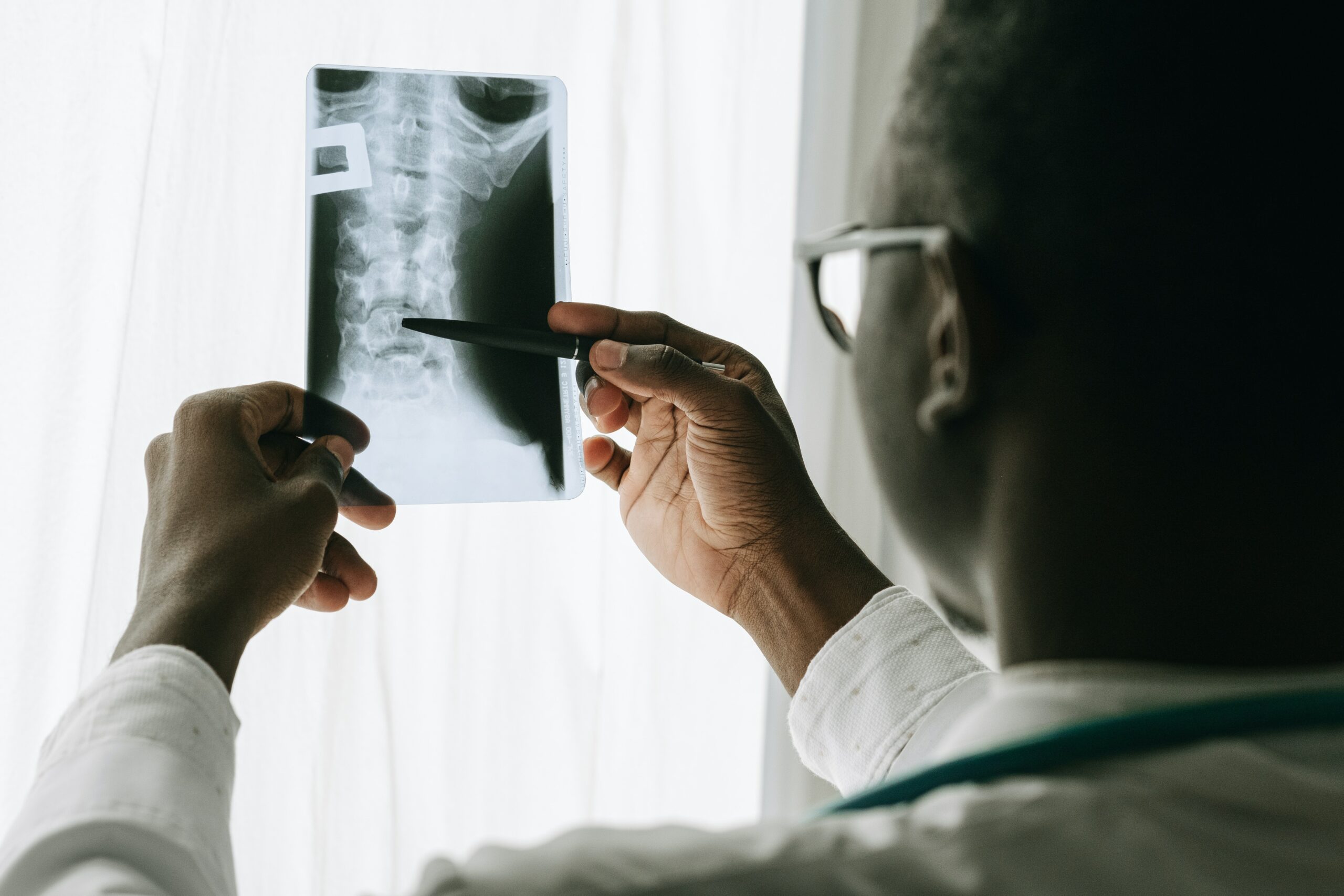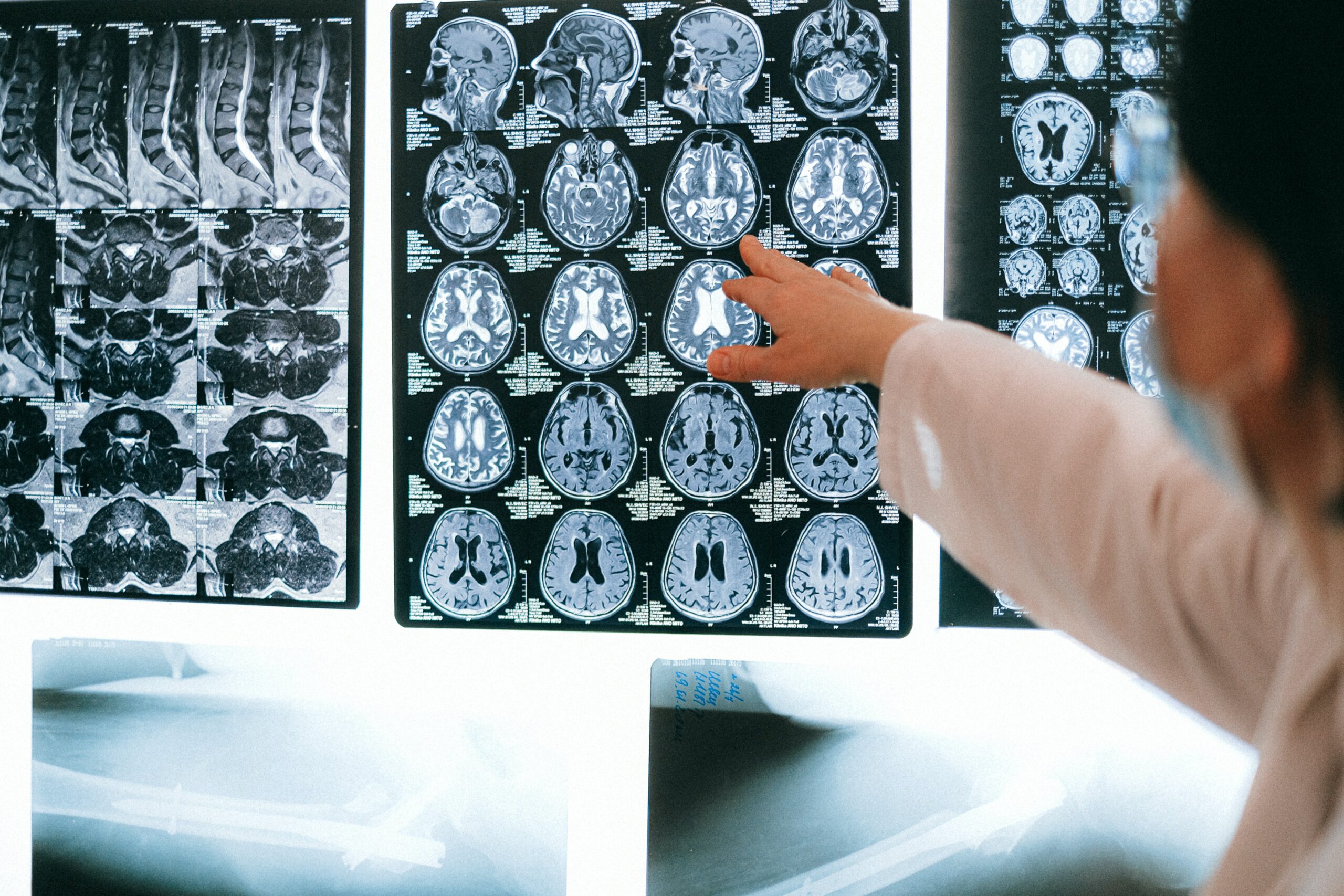About us
We value your health and time.
We provide a radiologist service, performing and reporting radiological exams, working together in collaboration with Nobles Hospital. We are using their facilities, which in include x-Ray, Ultrasound, CT and MRI, as well as minor interventional procedures.
We will have direct communication with doctors from the primary and secondary care, as well as from the private sector on the island and across in the UK.
It is the people who make Manx Diagnostix what it is and we are extremely proud of the achievements of our staff. We all work together to help our patients through their appointments, providing the best possible care.
We are fully registered NHS consultants with decades of experience. We value our high reputation and pride ourselves to give the best care and attention possible to all our patients.
Services
-
CT scan
A computerised tomography (CT) scan, uses X-rays and a computer to create detailed images of the inside of the body. CT scans can produce detailed images of many structures inside the body, including the internal organs, blood vessels and bones. They can be used to diagnose conditions – including damage to bones, injuries to internal organs, problems with blood flow, stroke, and cancer. They guide further tests or treatments and monitor conditions.
-
Minor interventional procedures
Interventional radiology (IR) is a medical subspecialty that performs various minimally-invasive procedures using medical imaging guidance, such as x-ray fluoroscopy, computed tomography, magnetic resonance imaging, or ultrasound. IR performs both diagnostic and therapeutic procedures through very small incisions or body orifices. Diagnostic IR procedures are those intended to help make a diagnosis or guide further medical treatment, and include image-guided biopsy, placing stents and catheters.
-
X-ray
An X-ray is a quick and painless procedure commonly used to produce images of the inside of the body. A very effective way to help detect a range of conditions and can be used to examine most areas of the body. They’re mainly used to look at the bones and joints, although they’re sometimes used to detect problems affecting soft tissue, such as internal organs.
-
Cardiac CT scan
A Cardiac CT scan works in the same way as a regular CT scan just directed with specific attention at your heart. It will enable your doctor to monitor and understand better your the situation of your heart. CT scans are used routinely as a key diagnostic tool for years now and with cardiac CT scans they can be used to preemptive identify any problematics.
-
MRI scan
Magnetic resonance imaging (MRI) is a type of scan that uses strong magnetic fields and radio waves to produce detailed images of the inside of the body. An MRI scanner is a large tube that contains powerful magnets. You lie inside the tube during the scan. An MRI scan can be used to examine almost any part of the body, including the brain and spinal cord, the bones and joints, the breasts, the heart and blood vessels, and internal organs such as the liver, womb or prostate gland. The results of an MRI scan can be used to help diagnose conditions, plan treatments and assess how effective previous treatment has been.
-
Ultrasound
An ultrasound scan, sometimes called a sonogram, is a procedure that uses high-frequency sound waves to create an image of part of the inside of the body. An ultrasound scan can be used to monitor an unborn baby, diagnose a condition, or guide a surgeon during certain procedures.


